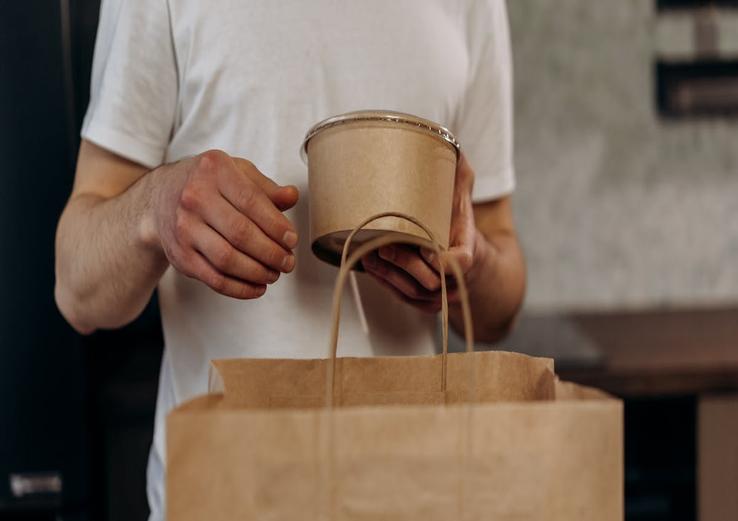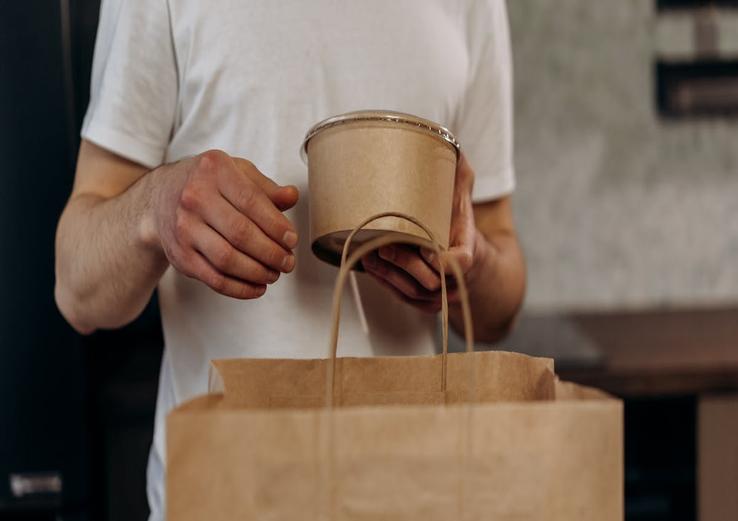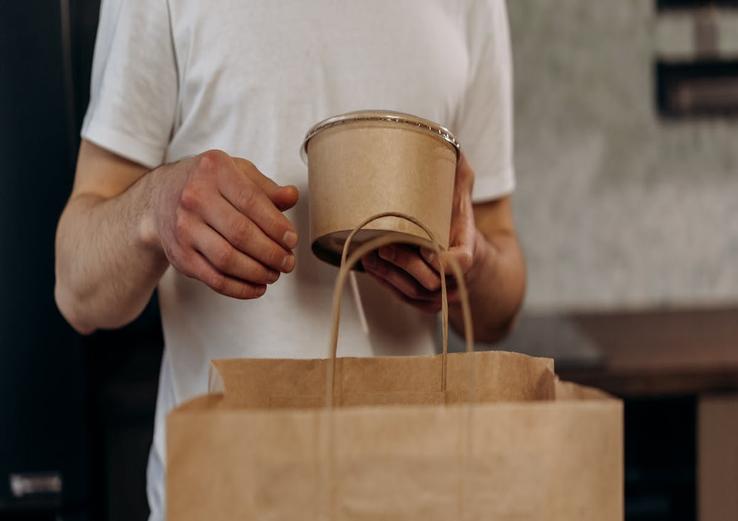
The Unrecyclable Truth: 7 Takeout Containers That Are Polluting Our Planet
As consumers, we’ve been conditioned to believe that recycling is the key to reducing our environmental footprint. We diligently sort our trash, rinsing out containers and placing them in the recycling bin with the best of intentions. However, the reality is that many of the takeout containers we use daily are not recyclable, despite our efforts to do the right thing. In fact, some of these containers are so problematic that they’re contributing to the staggering amounts of plastic waste that’s polluting our oceans and landfills. Let’s take a closer look at 7 takeout containers that can’t be recycled, no matter how hard we try.
1. **Styrofoam Containers**: Those ubiquitous foam containers used for takeout and delivery are a major culprit. Made from expanded polystyrene (EPS), they’re lightweight, cheap, and convenient, but also virtually impossible to recycle. Most recycling facilities don’t accept EPS, and even if they did, the process of recycling it is complex and expensive. As a result, Styrofoam containers often end up in landfills or as litter, where they can take hundreds of years to decompose.
2. **Waxed Paper Containers**: Many takeout containers are lined with a waxy coating to prevent leakage and make them more durable. However, this coating makes them non-recyclable. The wax, usually made from paraffin or silicone, can’t be separated from the paper, rendering the entire container useless for recycling.
3. **Plastic Containers with Mixed Materials**: Some takeout containers are made from a combination of materials, such as plastic and paper or foam and cardboard. These mixed-material containers are often too complex to recycle, as the different materials can’t be easily separated. As a result, they’re frequently sent to landfills or incinerators, where they contribute to greenhouse gas emissions and pollution.
4. **Black Plastic Containers**: Black plastic containers, commonly used for takeout and delivery, are another problem. The black colorant used in these containers makes them difficult to sort and recycle, as it can’t be detected by the optical scanners used in recycling facilities. This means that even if the container is made from a recyclable material, it’s often rejected and ends up in a landfill.
5. **Foil-Lined Containers**: Containers lined with foil, such as those used for curries or other saucy dishes, are also non-recyclable. The foil can’t be separated from the container, and even if it could, the foil itself is often made from a mix of materials that can’t be recycled.
6. **Bioplastic Containers**: Bioplastics, made from renewable resources such as cornstarch or sugarcane, are often touted as a sustainable alternative to traditional plastics. However, many bioplastic containers are not recyclable, as they require specialized facilities to process them. Moreover, bioplastics can contaminate traditional plastic recycling streams, causing more problems than they solve.
7. **Paper Containers with Plastic Windows**: Finally, those paper containers with plastic windows, commonly used for salads or other cold foods, are also non-recyclable. The plastic window can’t be separated from the paper, and even if it could, the paper itself is often coated with a thin layer of plastic or wax to make it more durable.

As we continue to grapple with the environmental consequences of our throwaway culture, it’s essential to acknowledge the role that takeout containers play in perpetuating the problem. By understanding which containers can’t be recycled, we can start to make more informed choices about the products we use and the companies we support. We can push for change by demanding more sustainable packaging options and encouraging businesses to adopt environmentally responsible practices. Ultimately, it’s up to us to create a culture of sustainability, one that values the health of our planet over the convenience of single-use containers. The next time you’re tempted to grab takeout, remember the true cost of that convenient meal – and consider the impact it could have on our planet for generations to come.
The fact that these 7 takeout containers are non-recyclable is a hard pill to swallow, but it’s a reality that we must face head-on. By working together to create a more sustainable food system, we can reduce the amount of waste that ends up in our landfills and oceans. This will require a fundamental shift in the way we think about packaging and waste, but the payoff will be worth it – a healthier planet, and a more sustainable future for all.

